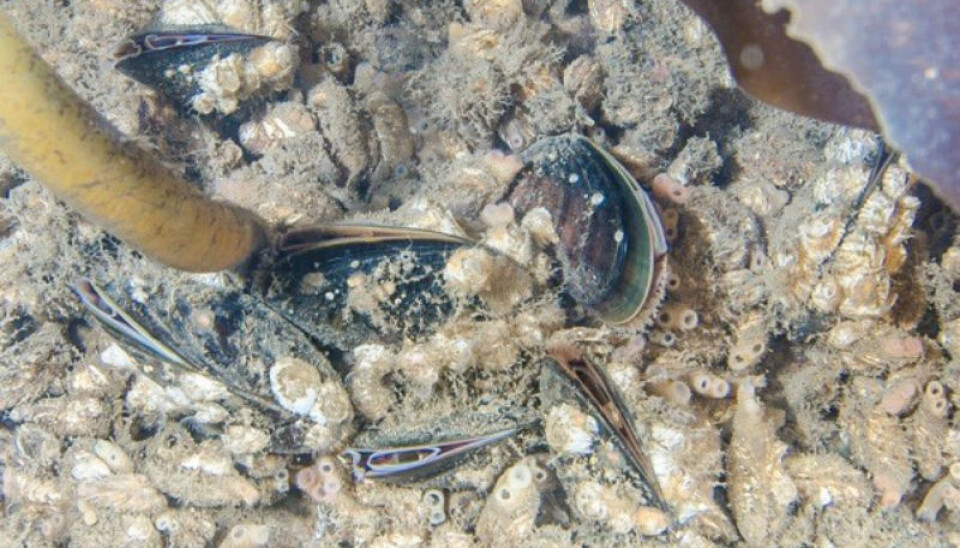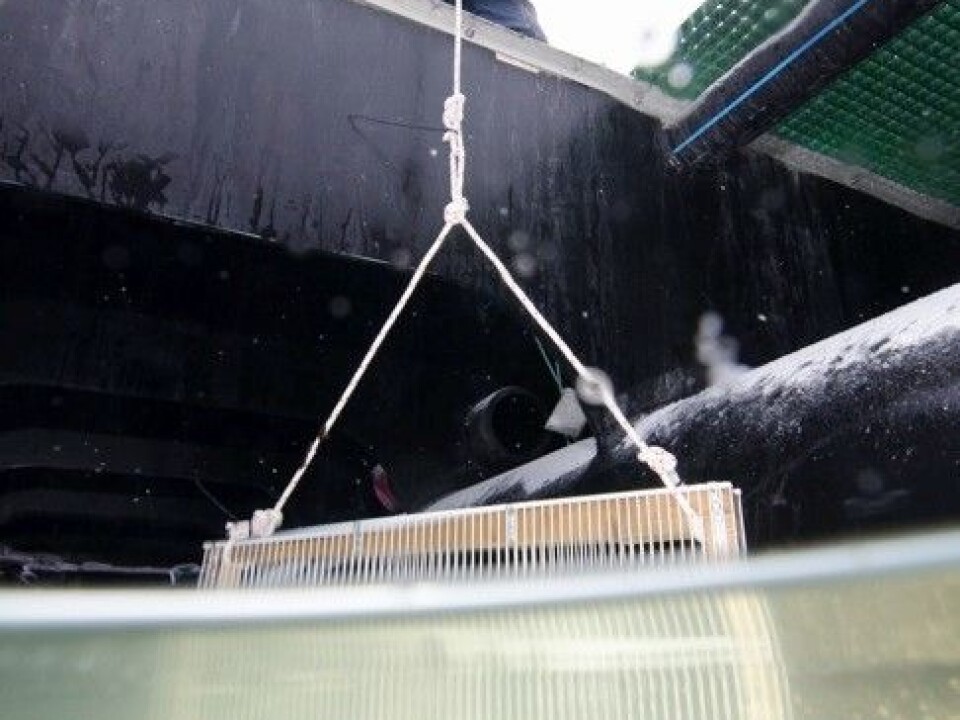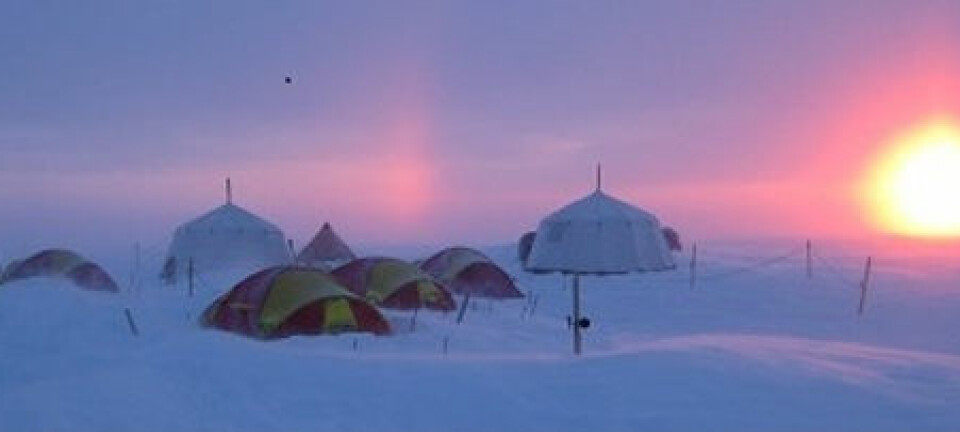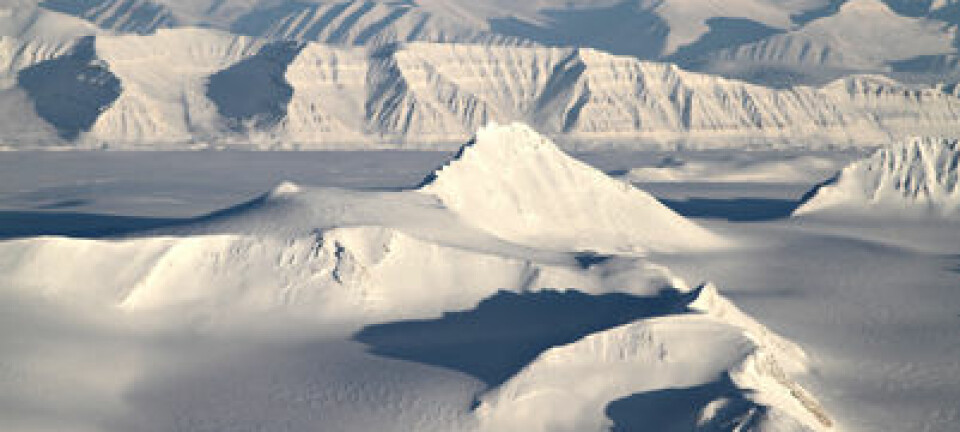An article from UNIS The University Centre in Svalbard

Blue mussels à la Svalbard on the menu?
Back when the Vikings ruled, blue mussels had a natural habitat in Svalbard. They disappeared when the climate cooled, but today blue mussels have re-established themselves at 78 degrees North. The Svalbard blue mussel is thus a clear and present climate indicator of a warming Arctic.
Denne artikkelen er over ti år gammel og kan inneholde utdatert informasjon.
Back in 2004, marine biologists Jørgen Berge and Geir Johnsen, were diving in the outer part of Isfjorden in Svalbard, when Johnsen found the first blue mussel.
“I remember Geir swimming towards me with this single blue mussel with much anticipation. At first I thought, “So what”, but after a minute it really dawned on me what we had actually found – the first evidence of a living blue mussel in Svalbard in about 1000 years,” professor Berge recalls.
Over the past decade, blue mussels have been found here and there around Svalbard, but recently a much larger colony was found in the midst of Longyearbyen harbour, the Norwegian main settlement in Svalbard.
PhD student Peter Leopold did a dive in Adventfjorden close to Longyearbyen a few weeks ago, and found a large “carpet” of young, fresh blue mussels, almost to the day 10 years after the first “modern” blue mussel discovery further out in Isfjorden.
Man-made development?

Over the past decade, the marine biology group at UNIS and University of Tromsø has investigated larger areas along the western coast of Svalbard and documented where the blue mussels are present, but equally important, has documented where blue mussels are not present. The growth and development in relation to their current habitats have also been investigated.
Rijpfjorden, a fjord at 8o degrees N on the northern side of Nordaustlandet, has been used as a cold climate laboratory in order to study the mussels’ tolerance for a High Arctic climate. Rijpfjorden is a very interesting habitat, as it is the world’s northernmost area where blue mussels fossils are found, indicating that this is the northern limit for the blue mussels’ dispersal in medieval times.
But why is this interesting? Isn’t the reintroduction of blue mussels to Svalbard just a result from the many cruise- and cargo ships coming from the south with larvae and small mussels in the ballast water or clinging to the ships’ hulls?
The scientists do not believe this theory.

“Ship traffic is not a realistic cause for the reintroduction of blue mussels in Svalbard,” says Berge.
“Especially since there are no reported finds of blue mussels until a decade ago – and Svalbard has had a lot of ship arrivals also prior to 2004,” he says.
But even so, why is it the scientists not yet have found the characteristic “carpets” of young mussels along beaches, on the quays and underneath boats, as is normal further south? Isn’t the lack of these carpets a strong indication that blue mussels in Svalbard are artificially introduced by human activities?
Surprising discoveries
Peter Leopold, PhD student at the University of Tromsø and UNIS, is studying the occurrence and the biology of the Svalbard blue mussel, such as growth rate, age, fertility, and so on. Originally the plan for his PhD project was to collect a number of blue mussels in order to perform an experiment at UNIS in Longyearbyen. A few weeks ago, Peter set out to collect some blue mussels – and made two surprising discoveries.
Finding some blue mussels on the quay construction in the Longyearbyen harbour was expected. But Peter got a major surprise when he saw the sheer number of blue mussels. The density was much greater than had ever been observed in Svalbard. However, might it be the proof that ship traffic is indeed the source for the amount of blue mussels? If so, it is not interesting for the scientists, since they want to study the natural dispersal of blue mussels.
In addition, in the nearby area Peter discovered a large carpet of small blue mussels underneath one of the local boats. Almost all of these were yearlings, i.e. developed from the larvae stage this season – something never observed in Svalbard before!
The question immediately presenting itself for the scientists was: Were these blue mussels a result from mussels attaching themselves to the boat while it was visiting mainland Norway, where carpets of blue mussels underneath the boats is a common occurrence? However, after a quick chat with the owners of the boat, it was confirmed that this boat had only been sailing in Svalbard waters over the past year.
Local reproduction
According to Berge and his team, this is proof of two important things: Blue mussels are reproducing locally in Svalbard and this discovery proves that blue mussels are indeed a natural phenomenon in Svalbard.
Thus, Peter Leopold’s research the next 3-4 years will have a great relevance for our understanding about how the climate affects the natural dispersal of blue mussels and other marine species.
This story will be updated in the years to come. In the meantime, maybe it is time to start thinking about putting true Svalbard blue mussels on the menu? In that case, bon appetite!
This work is funded by the Research Council of Norway through the project Marine Night, University of Tromsø and the Fram Centre through the flagship programme Fjord and Coast (Life on the edge – blue mussels on Svalbard).


































